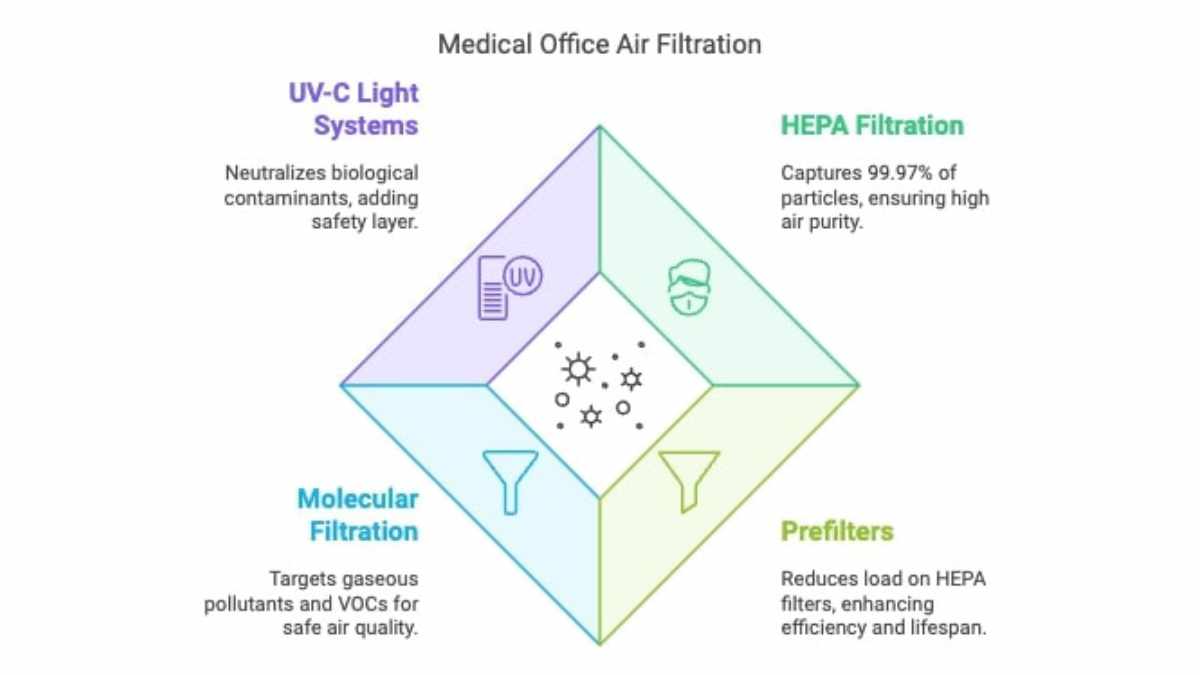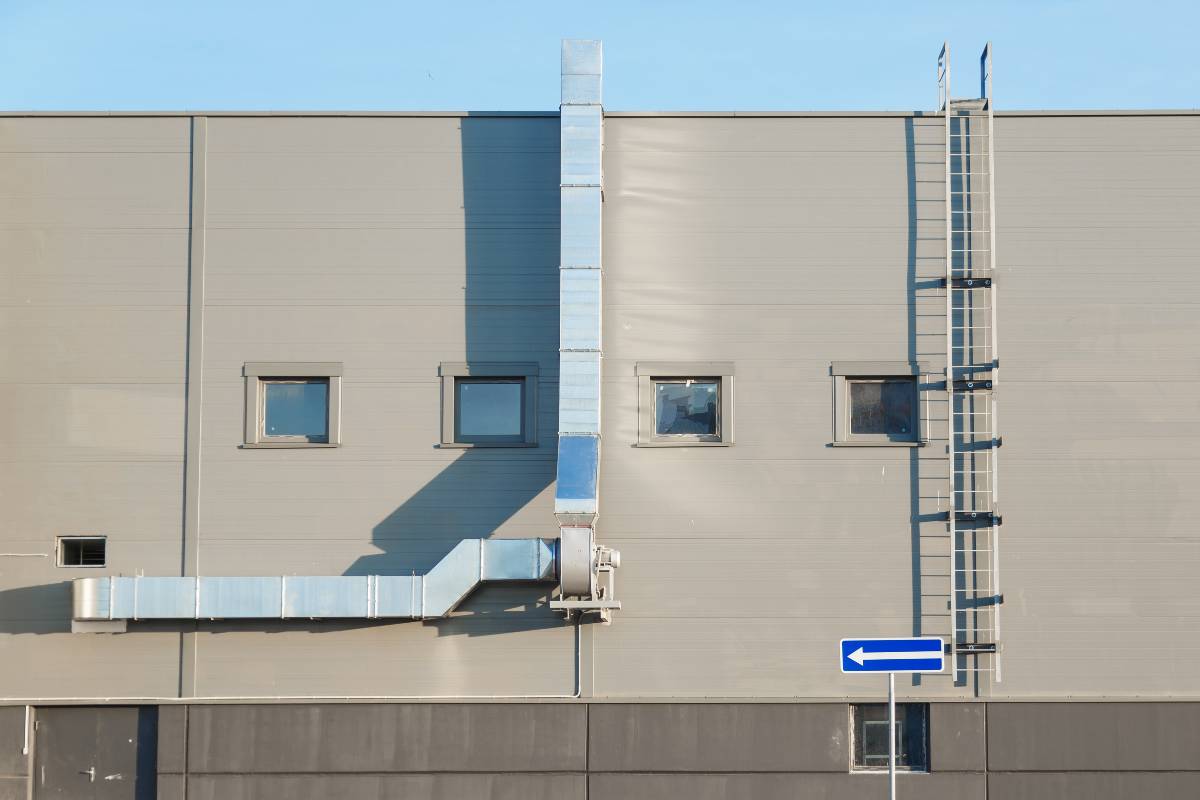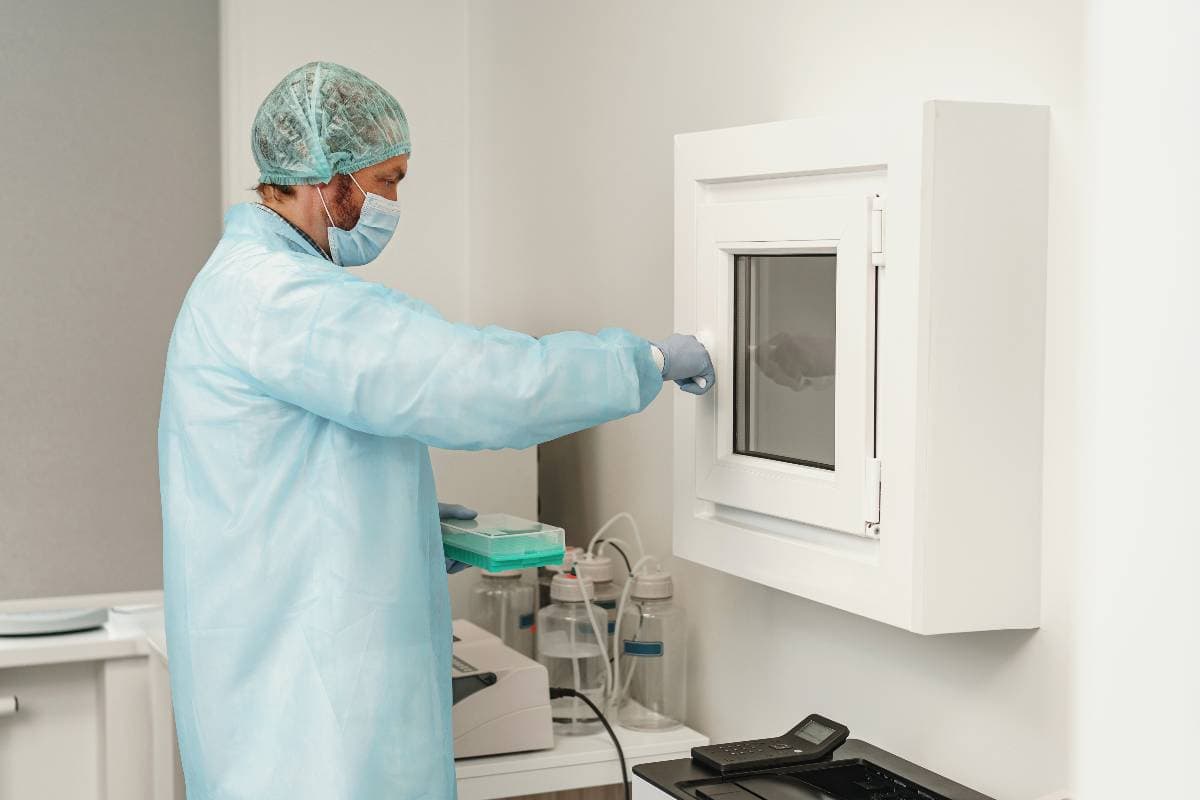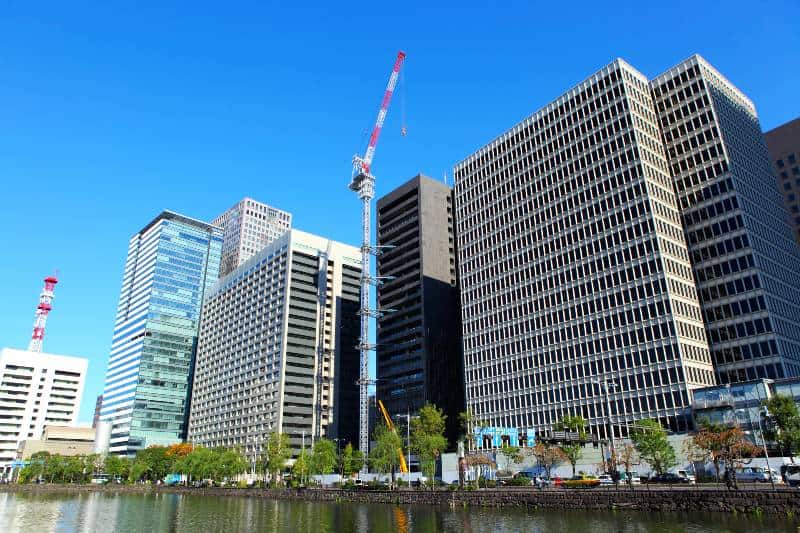As someone who’s spent nearly two decades in medical office real estate, I’ve seen firsthand how air filtration has transformed from a basic utility to a cornerstone of healthcare facility operations. In today’s world, proper air quality management isn’t just about comfort—it’s about protecting lives, ensuring operational efficiency, and maintaining property value. Whether you’re a property owner, facility manager, or healthcare provider, understanding the complexities of modern air filtration systems is crucial for success in the medical office space.
Key Takeaways
- Modern air filtration systems are essential for medical office safety and compliance
- Proper system selection can reduce energy costs while improving indoor air quality
- Smart technology integration leads to better monitoring and maintenance outcomes
Understanding Air Quality Challenges in Medical Offices
The complexity of air quality management in medical offices cannot be overstated. Indoor air pollution presents unique challenges in healthcare settings, where the stakes are particularly high. Medical offices face multiple sources of contamination, from airborne pathogens to chemical agents used in various procedures. The concentration of these contaminants can be significantly higher than in standard commercial spaces, making sophisticated filtration solutions not just desirable but essential.
Medical Office Space Risk Assessment and Filtration Requirements
| Space Type | Risk Level | Required Filtration | Monitoring Frequency | Special Considerations |
|---|---|---|---|---|
| Treatment Rooms | Very High | HEPA (MERV 17+) | Daily | Negative pressure recommended |
| Surgical Suites | Critical | HEPA + UV-C | Continuous | Requires redundant systems |
| Waiting Areas | High | MERV 13-16 | Weekly | High occupant turnover |
| Patient Rooms | High | MERV 14+ | Daily | Individual zone control |
| Administrative Areas | Moderate | MERV 11-13 | Monthly | Standard office protocols |
| Diagnostic Imaging | High | HEPA | Weekly | Equipment sensitivity |
| Labs/Testing Areas | Very High | HEPA + Molecular | Daily | Chemical exposure control |
| Common Areas | Moderate-High | MERV 13+ | Weekly | Variable occupancy |
In my experience working with medical office clients, I’ve observed that understanding the specific challenges of different areas within the facility is crucial. Treatment rooms require different filtration approaches compared to waiting areas or administrative spaces. The above table represents industry best practices I’ve developed through years of facility management consultation, though specific requirements may vary based on local regulations and specific medical specialties.
Core Components of Medical Office Filtration
The foundation of any effective medical office air filtration system lies in its core components. HEPA filtration serves as the gold standard, capturing 99.97% of particles 0.3 microns in size. However, a comprehensive system involves multiple stages of filtration working in concert. The preliminary stage typically employs prefilters to capture larger particles, protecting and extending the life of more sophisticated downstream components.
Molecular filtration plays a crucial role in addressing gaseous pollutants and volatile organic compounds (VOCs), which are common in medical environments. When combined with UV-C light systems, these components create a robust defense against both particulate and biological contaminants. The integration of these technologies must be carefully calibrated to maintain optimal air quality while managing energy consumption effectively.
Selection and Implementation
Selecting the appropriate filtration system requires a nuanced understanding of both the property’s technical requirements and operational objectives. Through my work with numerous medical office clients, I’ve learned that successful implementation depends on careful consideration of multiple factors. The system must be properly sized based on the facility’s square footage, occupancy patterns, and specific medical procedures performed.

Smart Technology Integration
The advent of intelligent monitoring systems has revolutionized how we approach air quality management. Modern air quality monitoring systems provide real-time data on system performance and air quality metrics. This technology enables proactive maintenance and immediate response to any air quality issues, ensuring consistent performance and optimal conditions for both patients and staff.
Maintenance and Monitoring
Effective maintenance strategies extend beyond routine filter changes. A comprehensive maintenance program includes regular system assessments, performance testing, and documentation of all maintenance activities. Based on my experience with medical office properties, facilities that implement data-driven maintenance programs typically see significant reductions in operating costs while maintaining superior air quality.
Regulatory Compliance and Standards
Navigating the complex landscape of healthcare facility regulations requires careful attention to multiple standards and guidelines. ASHRAE Standard 170, Joint Commission requirements, and local health department regulations all play crucial roles in determining appropriate filtration solutions. Staying ahead of these requirements helps protect both property value and occupant safety.

Cost Considerations and ROI
Investment in high-quality air filtration systems typically yields substantial returns through improved energy efficiency, reduced maintenance costs, and enhanced property value. Modern systems can achieve energy savings of 25-30% compared to older installations, while also providing superior air quality. This combination of operational efficiency and performance makes them particularly attractive to medical office property owners and tenants.
Environmental Impact and Sustainability
The environmental impact of medical office operations has become increasingly important to property owners and tenants alike. Modern filtration systems contribute significantly to sustainability goals through reduced energy consumption and improved resource efficiency. This alignment with environmental objectives often translates into tangible benefits, including potential LEED certification points and reduced operating costs.
FAQs
What is the role of air purifiers in medical office buildings?
How does a HEPA filter contribute to air purification in healthcare settings?
What are the benefits of using a commercial air purifier in a medical office?
What is the difference between a portable air purifier and an HVAC-integrated air filtration system?
How can I choose the right air purification system for my medical office building?
Conclusion
Let’s be honest—navigating the world of medical office air filtration systems can feel overwhelming. I’ve stood where you are now, facing decisions that impact not just property values, but people’s health and wellbeing. Through my years of working with healthcare facilities, I’ve learned that the right air filtration solution is about more than just meeting regulations—it’s about creating spaces where healing can happen.
Every medical office has its unique challenges and requirements. Perhaps you’re concerned about energy costs, wondering about the latest technologies, or simply trying to ensure your facility provides the safest possible environment for patients and staff. These are valid concerns that I help medical office owners and managers address every day.
Remember, investing in proper air filtration isn’t just a business decision—it’s a commitment to public health and safety. As your partner in this journey, I’m here to help you navigate these choices with confidence.
I’d love to sit down with you, understand your specific challenges, and develop a customized solution that meets your needs. Let’s work together to create a healthier, more efficient medical space that serves your community for years to come. Schedule a consultation with me!




